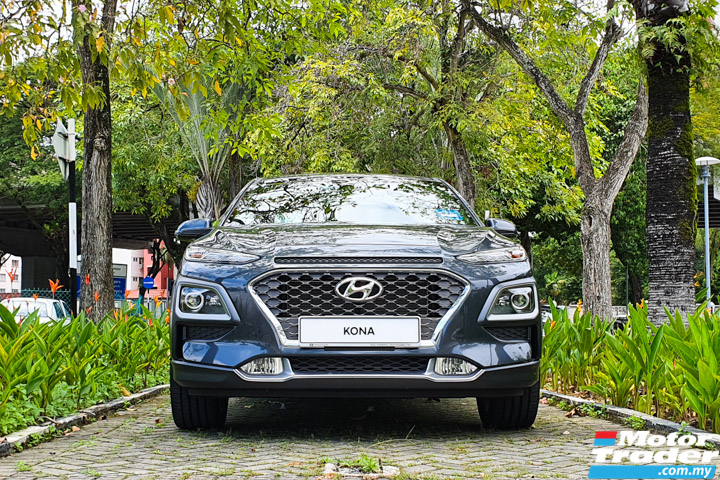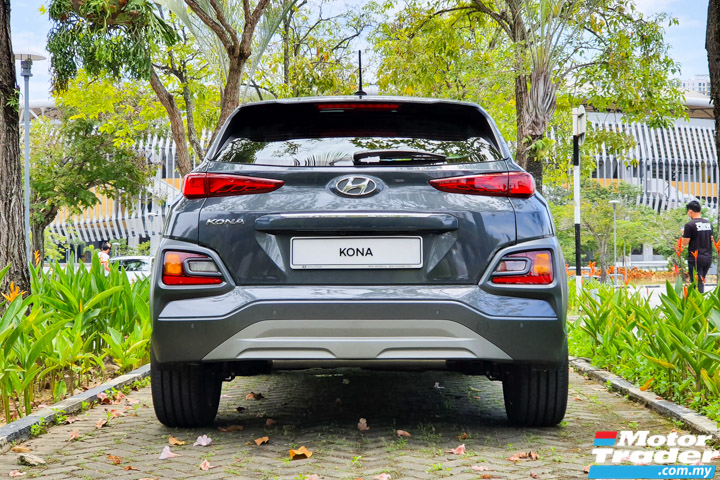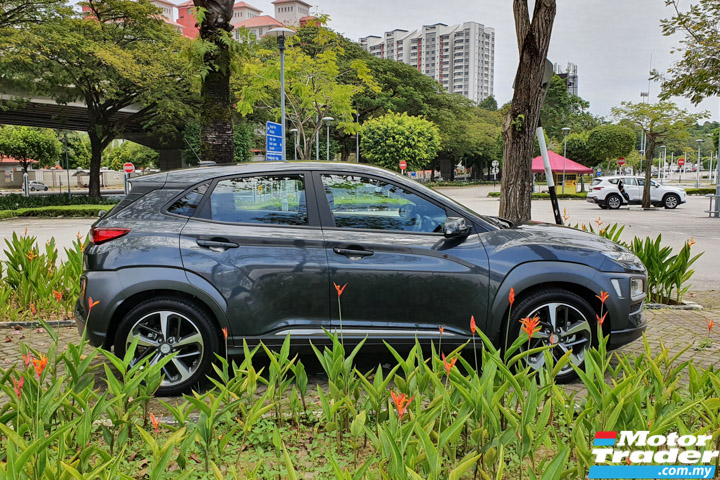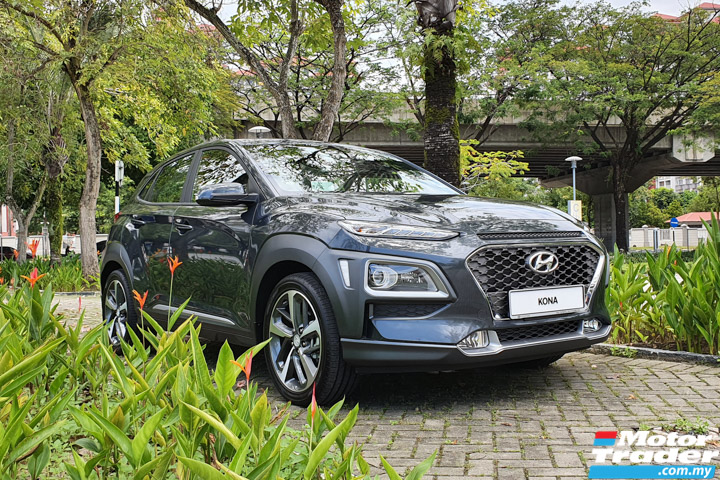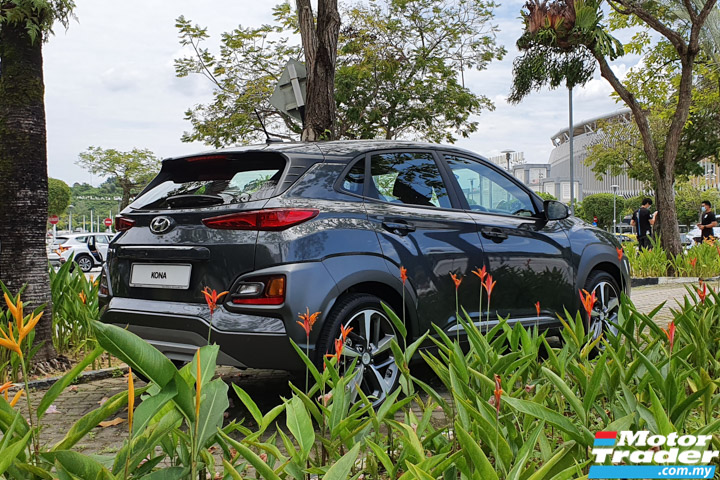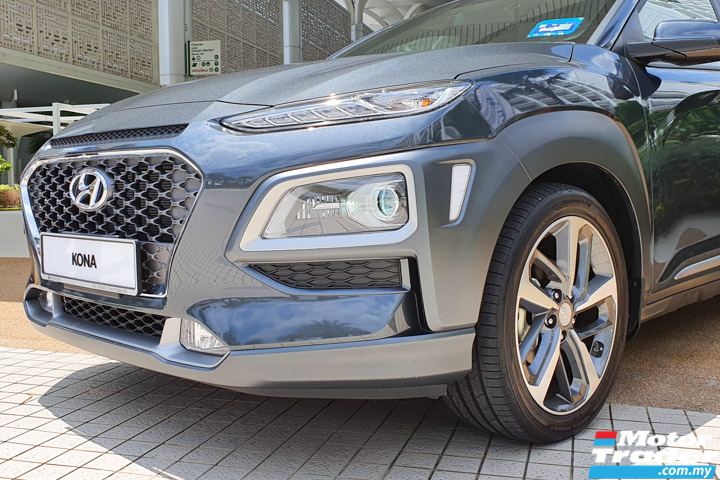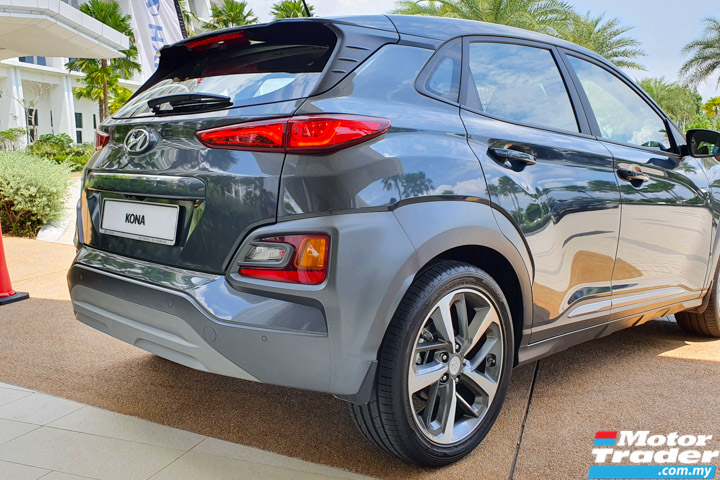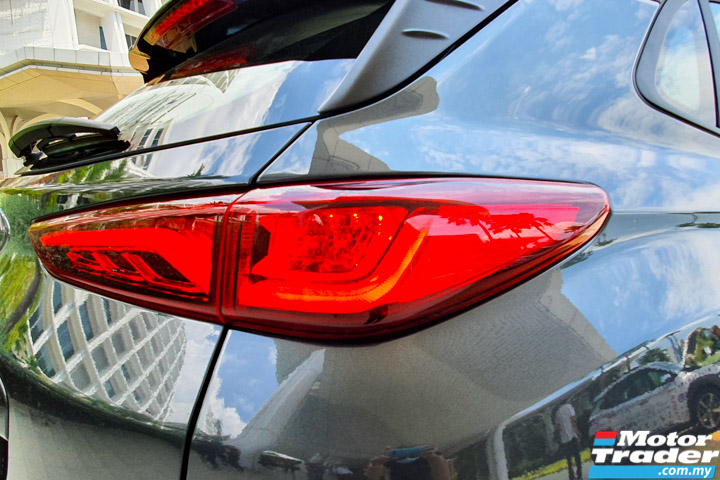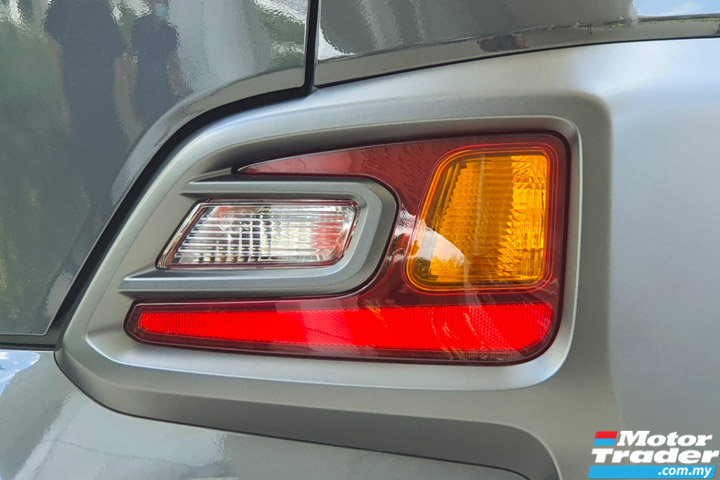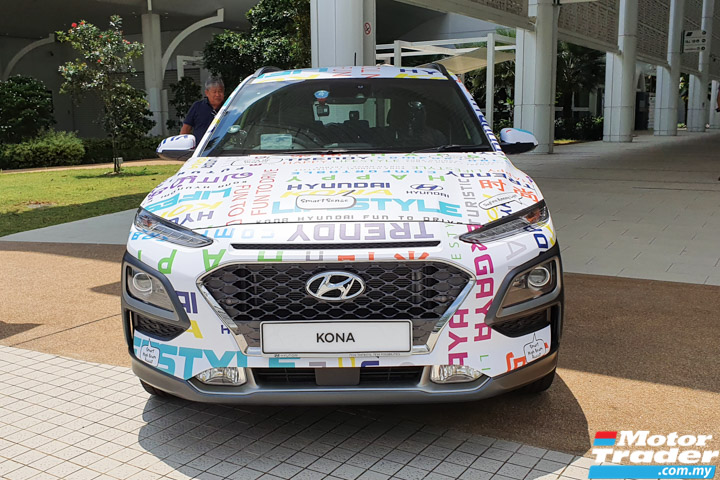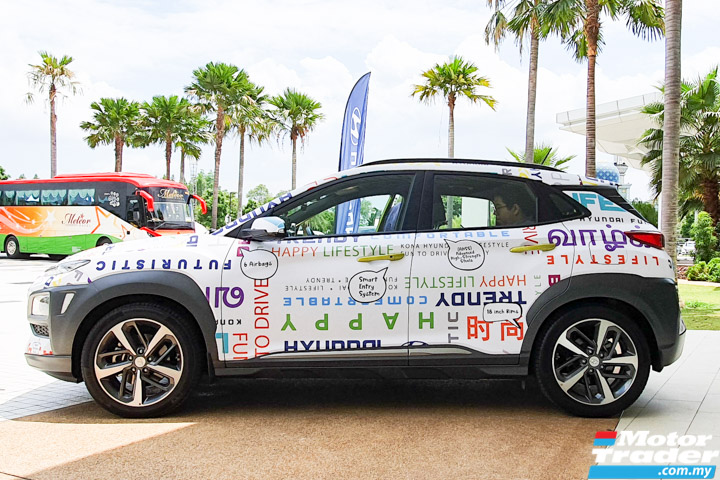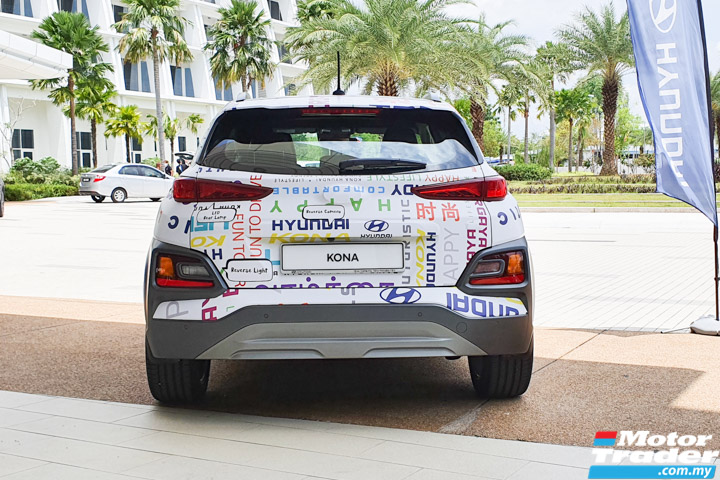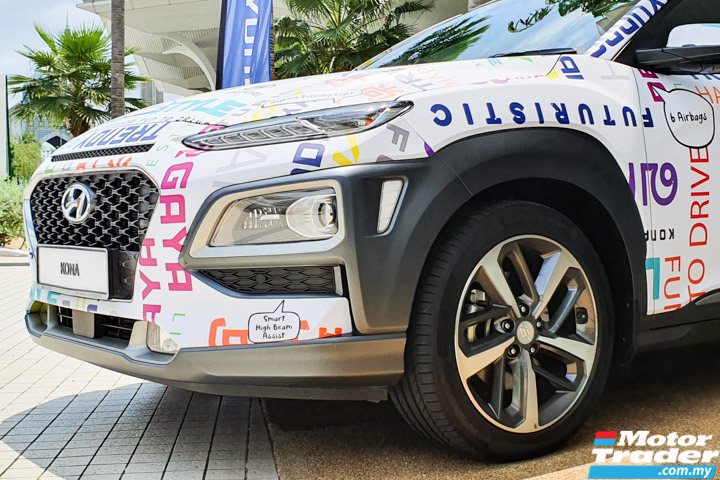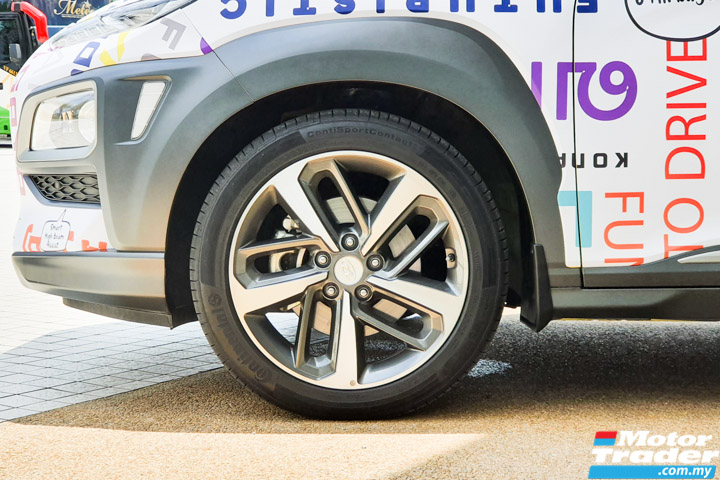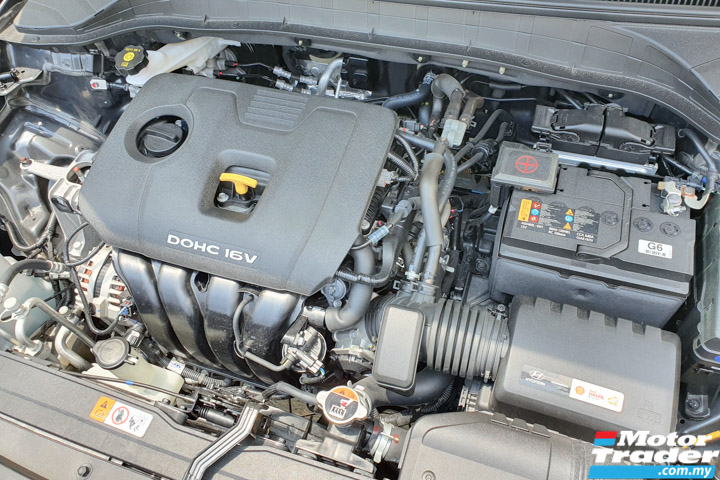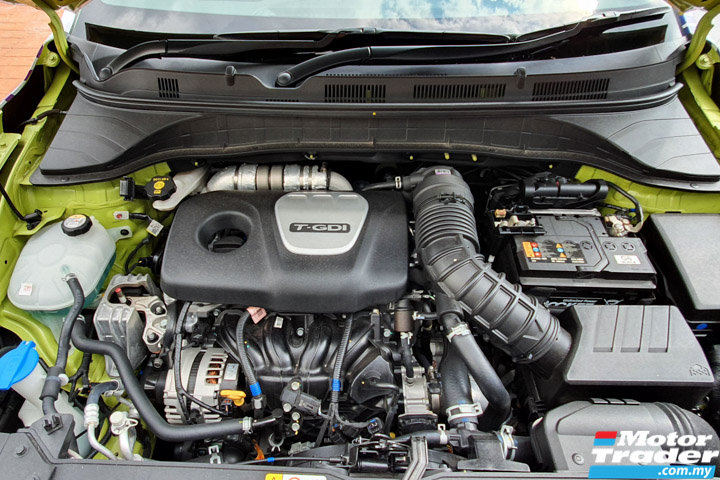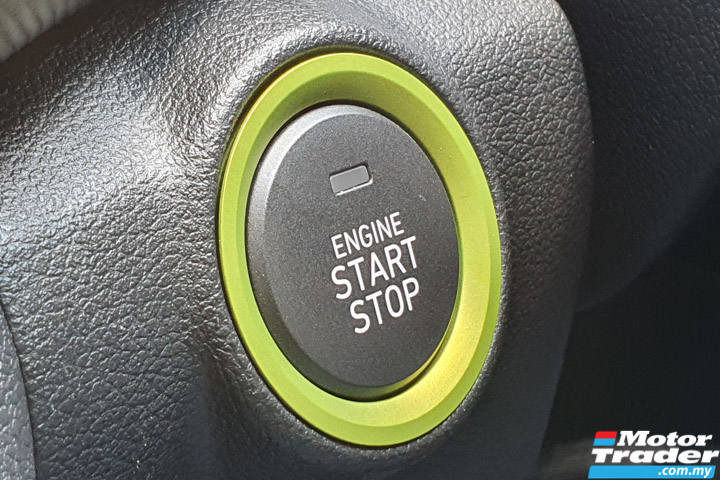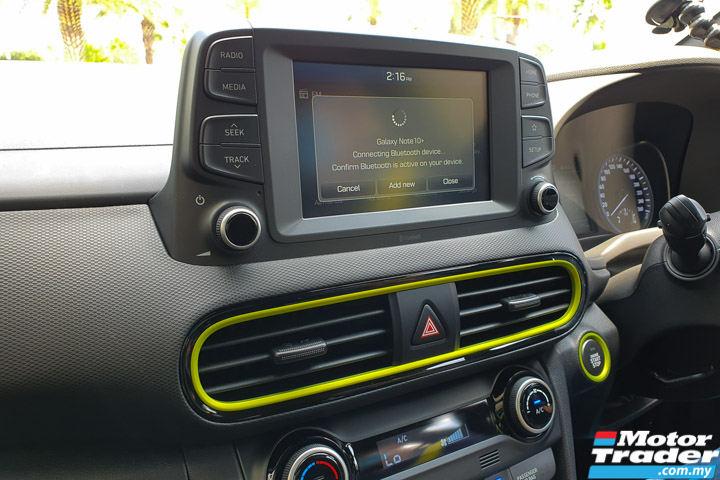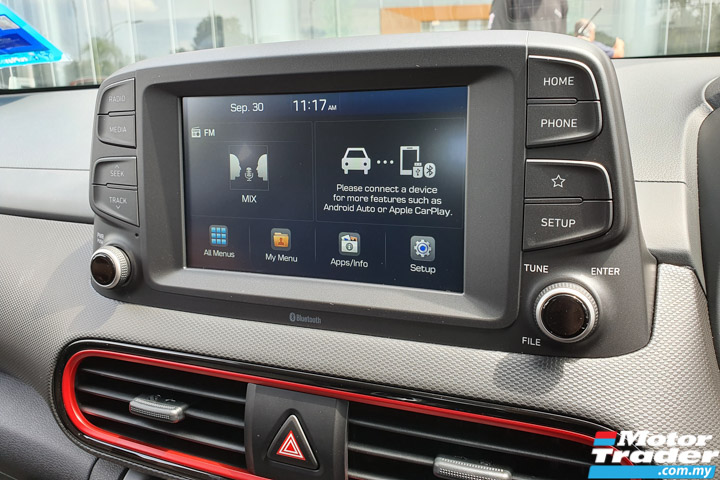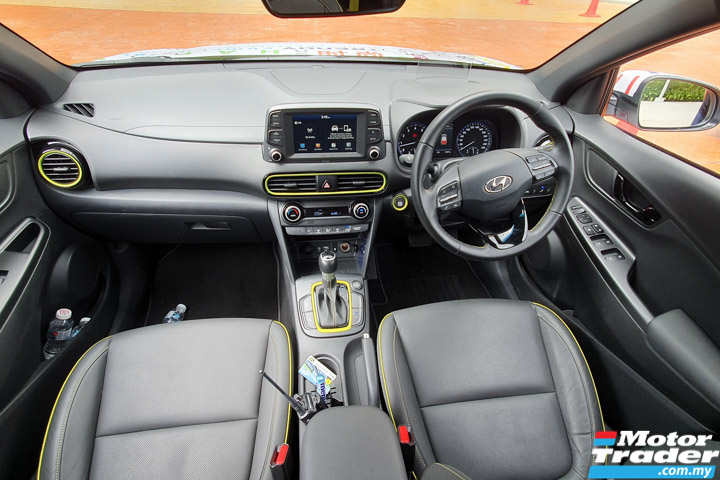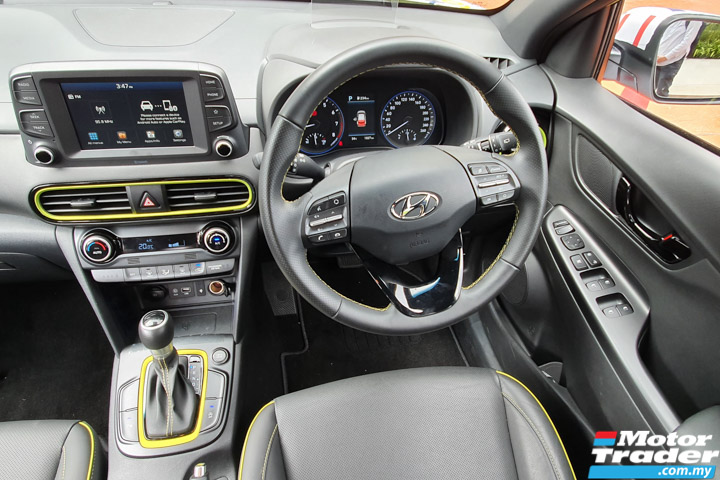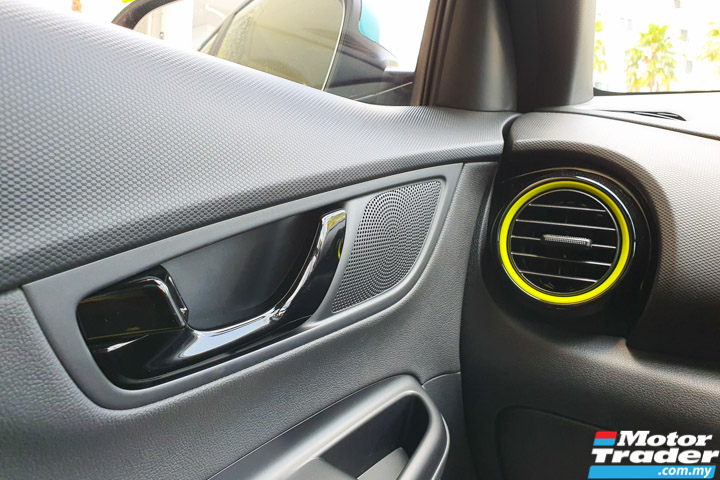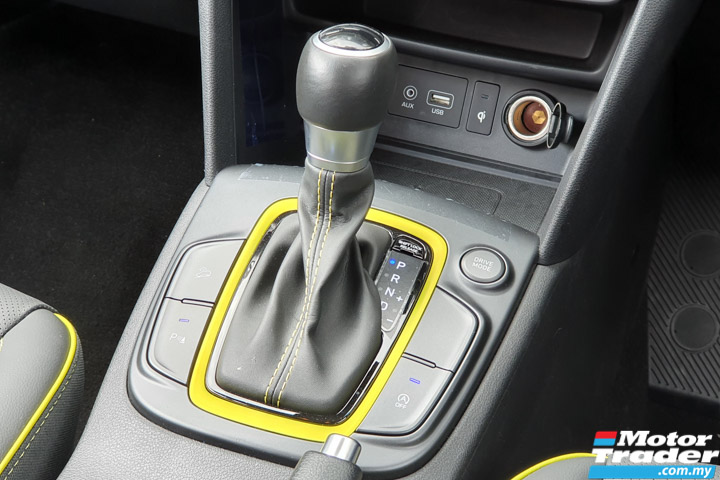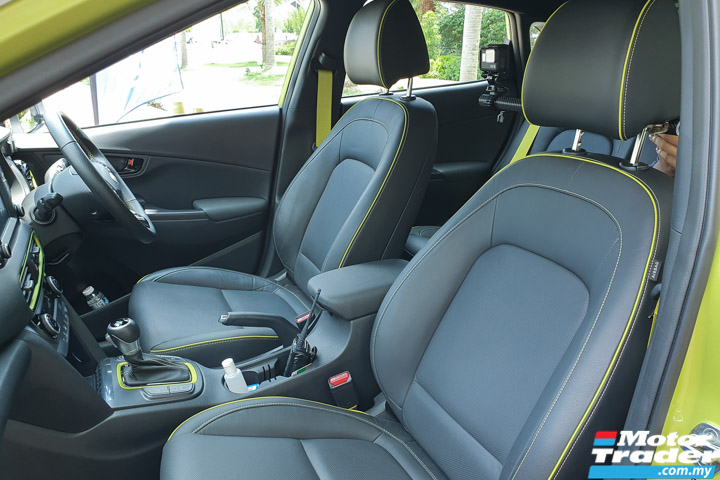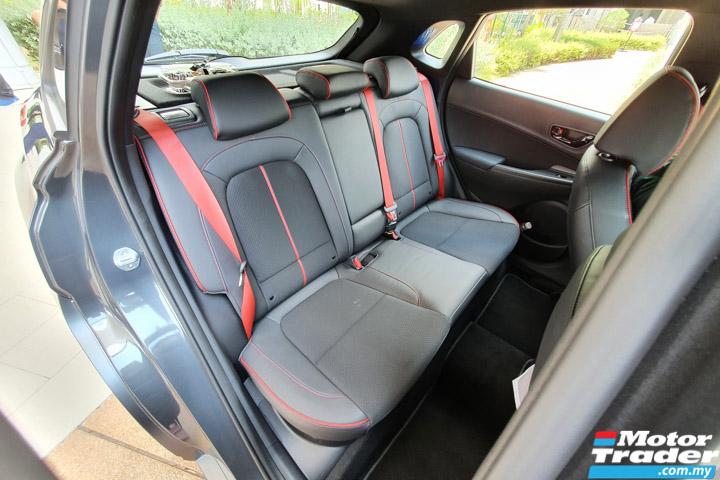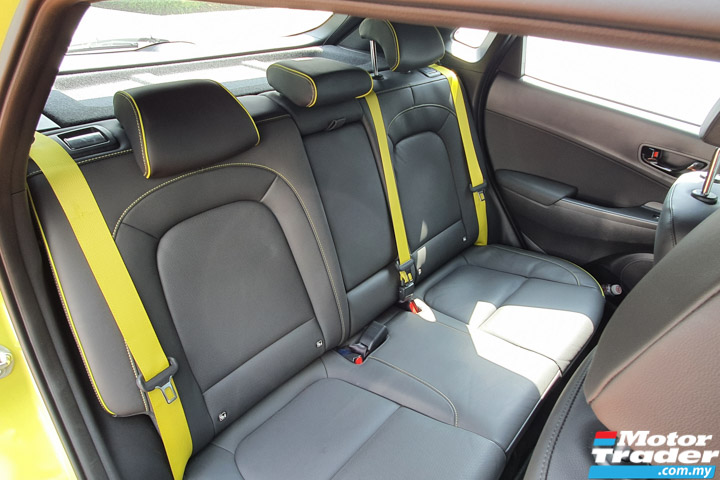The global award-winning Hyundai Kona combines safety with cool looks
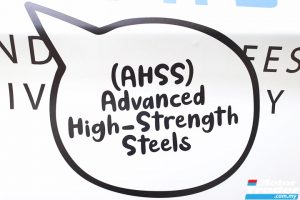
Hyundai has produced SUVs for over 20 years but the Kona was its first small SUV. The petrol version debuted in 2019 and won several awards that year including North American Utility Vehicle of the Year, the first subcompact crossover SUV in the Awards’ history to do so.
Amongst the other accolades heaped on the Kona were awards for safety in Australia and the US. The Kona is 51 per cent Advanced High Strength Steel. AHSS is very strong and also very lightweight. It absorbs crash energy to minimise impact force into the passenger compartment. The structure of AHSS also improves passenger comfort by reducing noise and vibration in the cabin.
The Hyundai Kona is named after Kona in Hawaii. Most people think of Hawaii and picture an outdoor lifestyle: glorious days of eternal sunshine, cool breezes, volcanic mountains and sandy white beaches. The looks and styling of the compact SUV reflect this carefree mental image. The body colours are youthful and vivid while the black cladding over the wheel arches, garnish on the C-pillar and surrounding the rear lamps make the Kona look bold and prepared for adventure.
Malaysia will get two petrol engined versions of the Kona, a naturally-aspirated 2.0-litre and a turbocharged 1.6-litre. Both will be coming from the Hyundai factory in Korea.
Why offer two engine options? Some drivers prefer the incremental power delivery from an NA while others favour the punchier response of a turbo. The Kona in Malaysia will cater to both preferences.
There are two trim levels for the 2.0, Standard and Premium. The turbo will come in one spec only, Sport, which is also the top of the range and comes with more safety features than the Premium. We drove the Premium and the Sport. (Edit: By the time of the launch, the Premium had been redesignated the Active and the Sport, the Turbo)
The 2.0’s output is 149bhp with a maximum torque of 179Nm. It has a six speed automatic gearbox. In contrast, the 1.6 blows out 177bhp and 265Nm of torque while paired with seven-speed dual-clutch transmission. They are also shod with 18-inch rims that make the car look graceful and athletic. The Premium and Sport look identical except for the colours available.
The short overhangs give the car stability. The wheels are as far as apart as possible to maximise legroom. The upholstery is leather. The boot isn’t the largest in its class at around 360 litres but the rear seats that split 40-60 and fold down so there’s additional cargo space available when needed.
The black interior has bright coloured frames around the aircon vents, gear console and seat trims and colourful seatbelts that match the frames. The Kona is the most affordable car in the market with factory-fitted colourful seat belts.
The Premium and Sport both have Blind-Spot Collision Warning, Rear Cross Traffic Alert. The Sport also gets even more sophisticated safety features like Lane Keeping Assist, Smart Cruise Control, Forward Collision-Avoidance Assist, Forward Collision Warning, High Beam Assist, Driver Attention Warning.
The two cars handle differently. The Premium is more family friendly. It accelerates more gently and has a more relaxed, compliant ride. It is not underpowered, just a smoother, calmer driving experience.
In contrast, turbo isn’t badged Sport to be ironic. The fiery response to throttle input, quicker gear changes and stiffer suspension mean a more blood-pumping drive is just at the end of your foot. Unfortunately there aren’t steering mounted gear shifts which would have completed the experience.
Hyundai is well-known for being ahead of its peers with specs and features and the Kona is no different. The Premium and Sport are shod with 18-inch rims and there’s wireless charging, and head-up display. There’s also the convenience of a tyre pressure monitoring system, and a colour LCD supervision cluster. The head-up display is adjustable: the height, alternative display colours and variable brightness. We loved the bright green contrasts and matching seat belts in the green Sport we drove.
In its size range, the Kona has many rivals, but some are clearly not direct competitors. Some, like the Proton X50 and BMW X1 have 1.5-litre, three-cylinder mills. The BMW X1 is also in the luxury category. The Honda HR-V and the Toyota C-HR have CVT gearboxes. The X50, X1 and HR-V are assembled in Malaysia.
The Kona’s closest rival is the Mazda CX-30. Both SUVs are imported. They are both front-wheel, two-wheel drives. Both SUVs have a 2.0-litre, four-cylinder naturally-aspirated variant and a turbocharged variant, although it’s a turbo diesel for the CX-30. The CX-30, NA and turbo, have six-speed auto boxes
The Kona is estimated to cost from around RM115,000. The CX-30 is considerably pricier. The base model starts from RM143,000. The CX-30 and Kona are similarly kitted out. There are LED head-, tail- and daytime running lights, six airbags and other international standard safety features like ABS brakes, electronic brake force distribution, stability control and traction control. Both have Apple CarPlay/Android Auto capability but with different sized screens. Seven-inch on the Kona, 8.8-inch on the CX-30. The Hyundai Kona also has hill-descent control.
The CX-30 is more powerful, the two-litre NA produces 162bhp and 213 Nm of torque while the 1.8 turbodiesel’s output is 114bhp and 270Nm of torque but the estimated RM28,000 difference is a hefty price to pay for the additional power. Between the two, the Kona scores more highly in the hypothetical stakes. It is the better option on several accounts: price range and overall cabin ambience. There is considerable youthful charm from the vibrant exterior colour options and cabin highlights. There is also the joy of a car that won’t be lost in a sea of identical cars at your local hypermarket.

